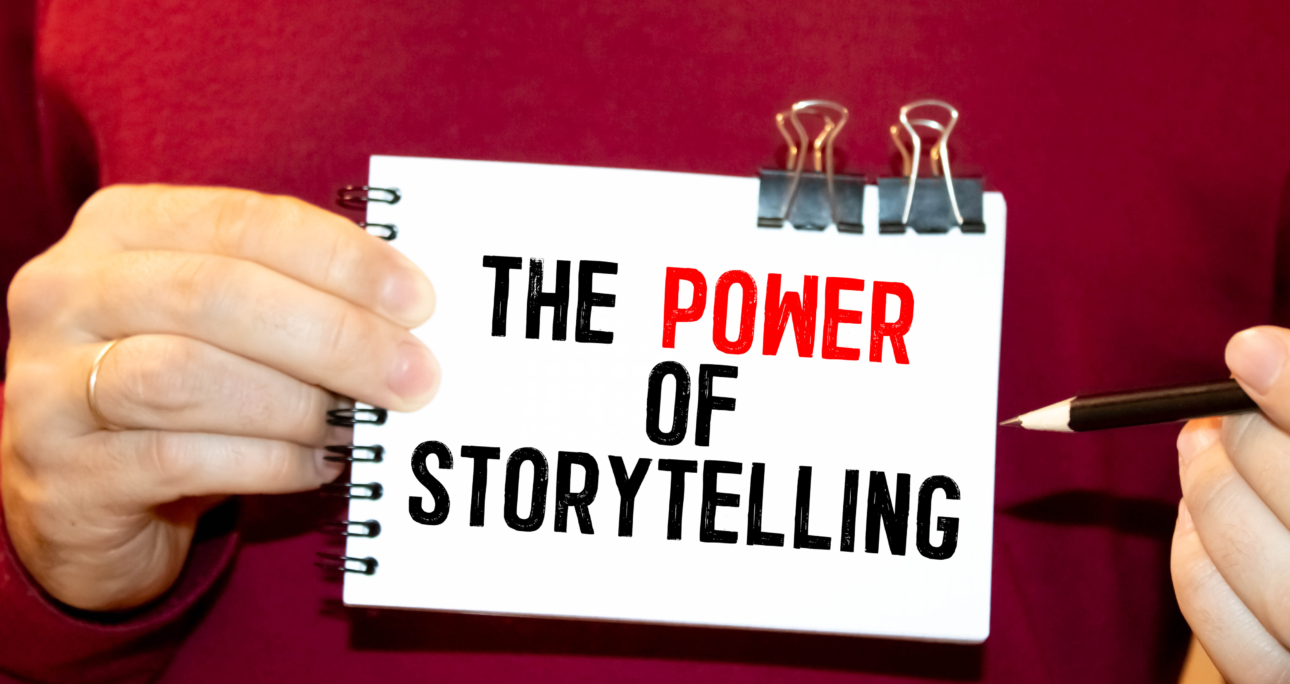The Impact of Visual Storytelling in Advertising
In today’s fast-paced digital world, businesses must capture consumer attention quickly and effectively. One of the most powerful ways to do this is through visual storytelling in advertising. By leveraging compelling visuals, engaging narratives, and emotional connections, brands can enhance their messaging, improve audience engagement, and ultimately drive sales.
What is Visual Storytelling in Advertising?
Visual storytelling is the strategic use of images, videos, graphics, and design elements to convey a brand’s message in an engaging and memorable way. Instead of simply showcasing a product or service, advertisers create narratives that resonate with their target audience. This approach enhances brand recall and fosters deeper emotional connections between consumers and brands.
Why Visual Storytelling is Effective in Advertising
1. Grabs Attention Instantly
Consumers are constantly bombarded with advertisements. Studies show that people process visuals 60,000 times faster than text, making visual storytelling an effective tool for capturing attention quickly.
2. Enhances Emotional Connection
People are more likely to engage with a brand when they feel an emotional connection. Images, colors, and videos can evoke strong emotions, making advertisements more memorable and impactful.
3. Simplifies Complex Messages
A well-crafted visual story can break down complex ideas into digestible content. Infographics, motion graphics, and video advertisements make it easier for consumers to understand a brand’s message.
4. Increases Brand Recall and Recognition
Memorable visuals help reinforce a brand’s identity. When consumers repeatedly see a brand’s unique style and narrative, they are more likely to remember it and choose it over competitors.
5. Boosts Engagement and Conversions
Content that includes high-quality visuals generates 94% more views than text-based content alone. Interactive and visually engaging advertisements drive higher engagement rates, leading to increased conversions and customer loyalty.
Key Elements of Effective Visual Storytelling
1. Strong Brand Identity
Your brand’s colors, fonts, and design elements should be consistent across all advertising materials. This builds recognition and trust among your audience.
2. A Clear Narrative
Every advertisement should tell a compelling story. Use the classic storytelling structure—beginning, middle, and end—to guide the audience through a seamless journey.
3. High-Quality Imagery and Videos
Poor-quality visuals can diminish the effectiveness of an advertisement. Investing in professional photography, videography, and graphic design ensures that your storytelling efforts have the desired impact.
4. Emotional Triggers
People remember how an ad made them feel more than the actual content. Incorporate emotions such as happiness, nostalgia, inspiration, or humor to create a lasting impression.
5. Engaging Calls-to-Action (CTAs)
An effective ad should guide the audience toward taking the desired action. Whether it’s signing up for a newsletter, visiting a website, or making a purchase, the CTA should be clear and compelling.
Examples of Visual Storytelling in Advertising
- Nike’s “Just Do It” Campaign: Through powerful imagery and inspiring storytelling, Nike encourages audiences to push their limits.
- Coca-Cola’s Holiday Campaigns: Emotional storytelling and heartwarming visuals make Coca-Cola’s ads highly memorable.
- Apple’s Product Launch Videos: Apple excels at creating sleek, visually engaging videos that showcase their products innovatively.
Best Practices for Implementing Visual Storytelling in Advertising
1. Understand Your Audience
Research your target audience’s preferences, pain points, and interests to craft stories that resonate with them.
2. Use Multiple Platforms
Leverage different advertising channels such as social media, TV, digital ads, and print media to maximize reach and impact.
3. Optimize for Mobile
With more consumers viewing ads on mobile devices, ensure your visuals and videos are optimized for different screen sizes.
4. Track Performance and Adapt
Analyze metrics such as engagement rates, click-through rates (CTR), and conversions to refine and improve your visual storytelling strategies.
Conclusion
Visual storytelling in advertising is a powerful tool that enhances brand awareness, strengthens emotional connections, and boosts consumer engagement. By incorporating high-quality visuals, strong narratives, and consistent branding, businesses can create compelling advertisements that leave a lasting impression. Investing in effective visual storytelling techniques will not only differentiate a brand from competitors but also drive higher conversions and customer loyalty.
Start crafting your brand’s visual story today and watch its impact on your audience grow!







